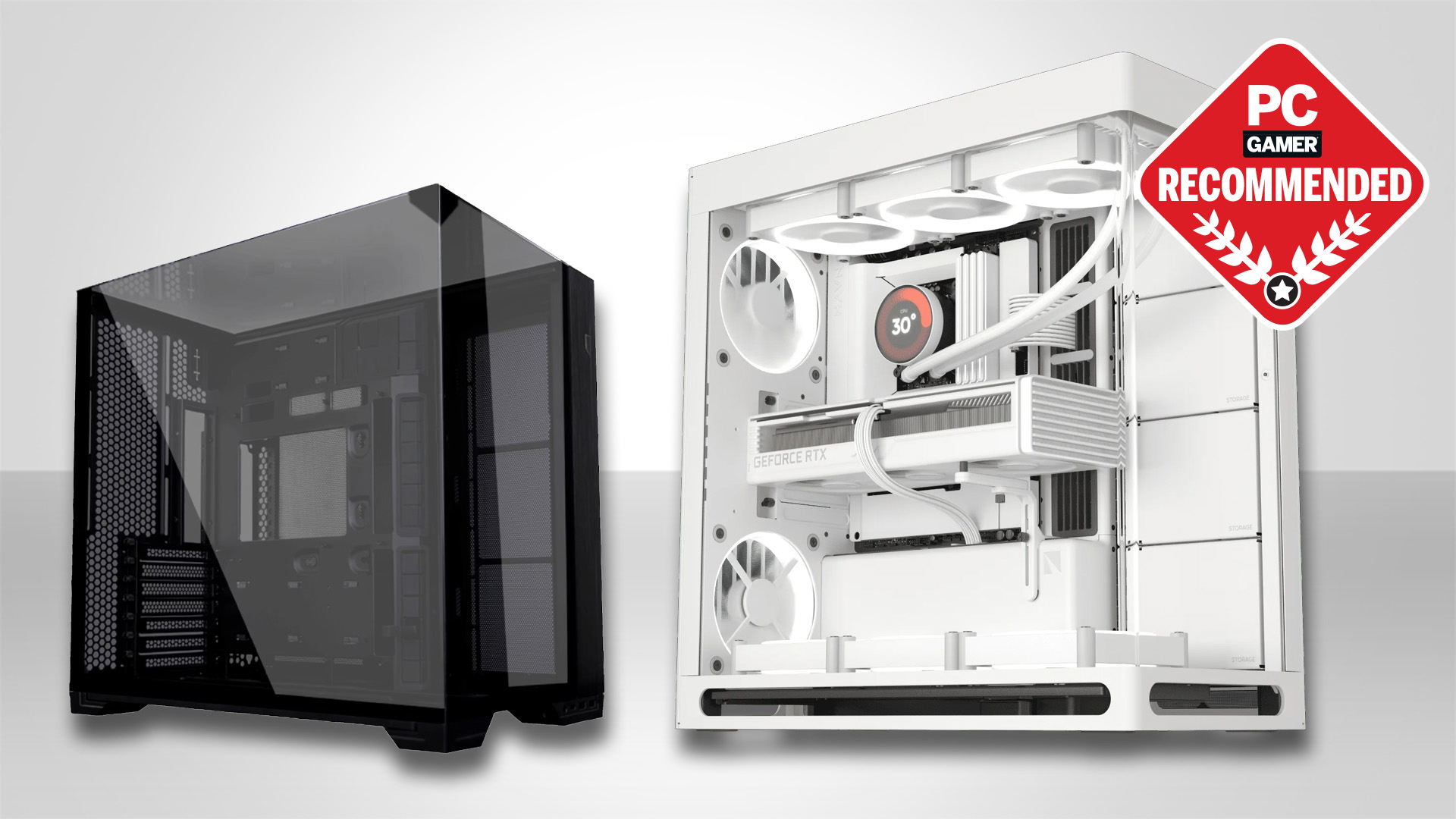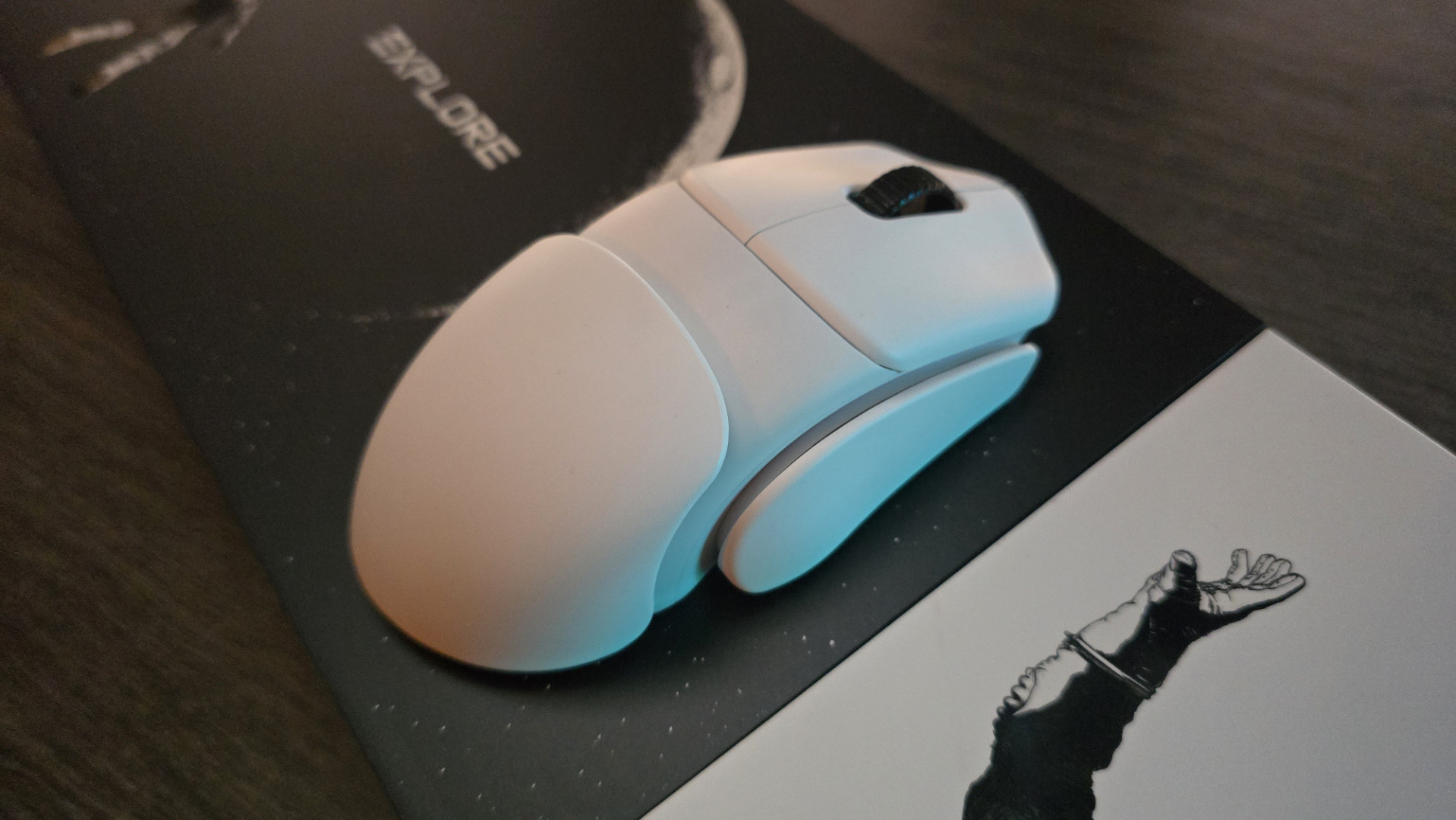Valve wants you to know that the Steam Frame is not the Index 2: 'we're trying to do something new with this'
It's still a good upgrade from an Index, however.
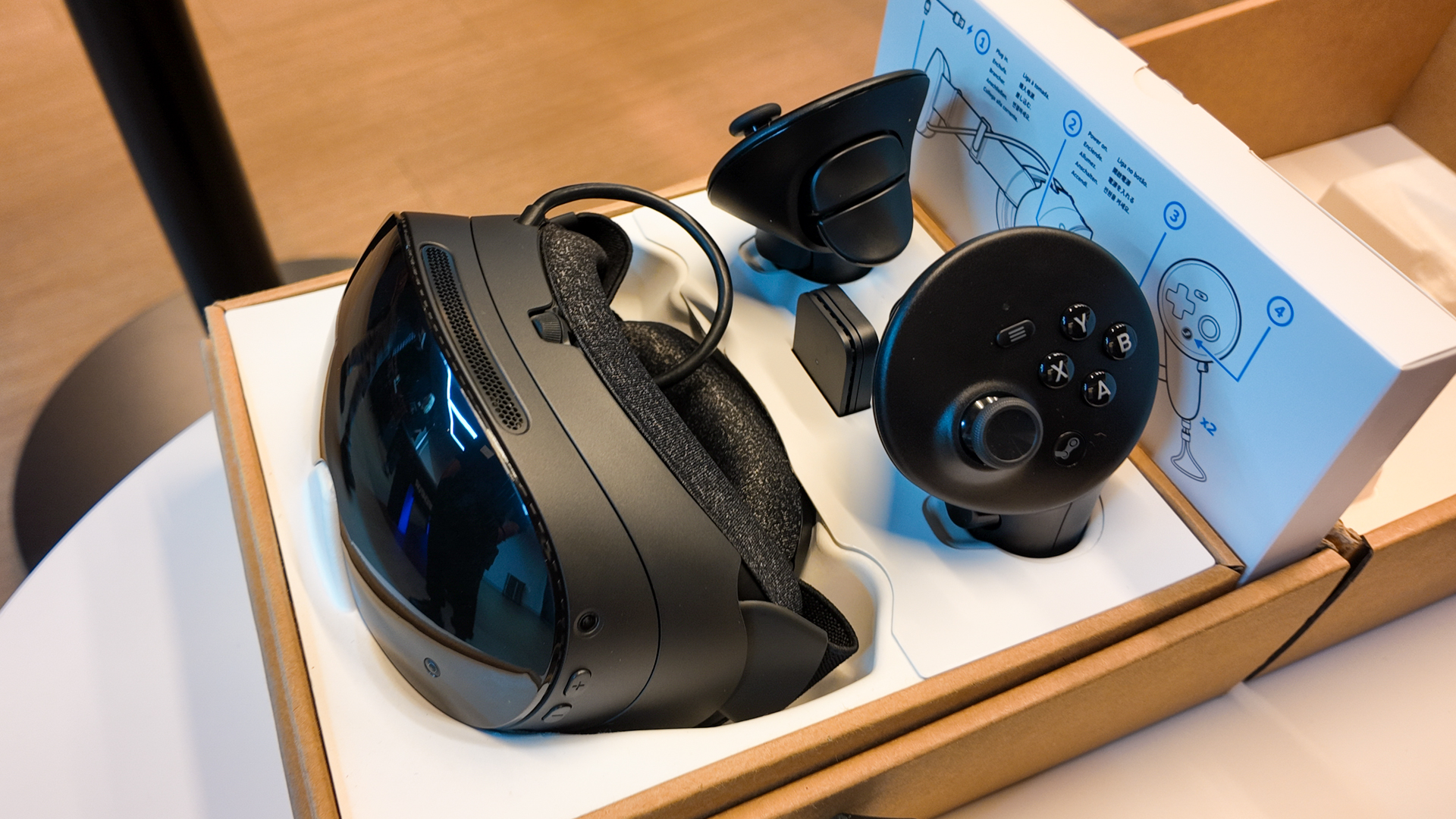
The Valve Index is a popular headset by most measures, currently used by roughly 15% of players on Steam to play VR. So why is it Valve has killed the Index branding entirely with its latest arrival, a new VR headset called the Steam Frame? Turns out, it's exactly because Valve doesn't want that sense of continuity between the two.
"This is a new product. That's one of the reasons we changed the name from Valve index to Steam Frame, because we're trying to do something new with this," says Jeremy Selan, an engineer at Valve, during our visit to the company.
"We're really trying to blur the lines from your catalogue, where you just think about, you have your games, this is another device that lets you enjoy them. So I don't want to put too many sort of preconceived expectations on how people will use this."
The Valve Index is an accessory for a gaming PC. Valve sees the Steam Frame as both an accessory and a gaming PC. It's right to do so. The Steam Frame contains its own Arm-based processor and runs SteamOS to be able to play games without requiring a second PC. It's a great experience, too, as you can read in my Steam Frame hands-on.
"If you think about the Valve Index, awesome device, I worked on it myself, as did Jeff," says Selan, speaking of a fellow Valve engineer in the room, Jeff Leinbaugh.
"We're really proud of it, but it always was sort of a companion to the PC. This is not," Selan says, indicating to the Steam Frame. "This is a computer."
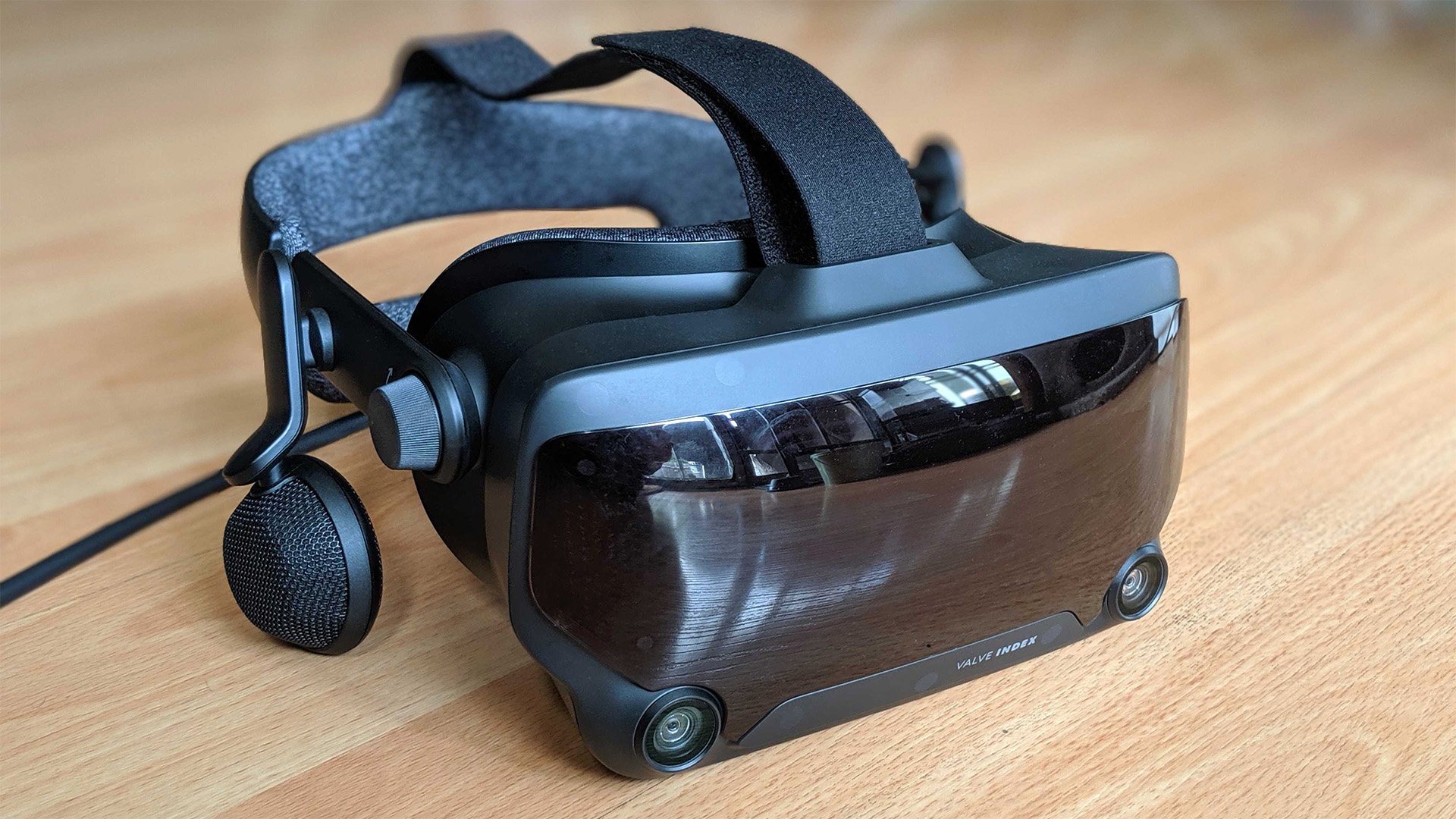
With the Valve Index, a user had to really want to play a VR game to go through the rigmarole of setting it up. The headset, the base stations, the planning applications with your city council. Scratch that last one, but it can feel that way with the outside-in tracking used by many VR headsets, requiring dedicated tracking sensors to be fitted around your vicinity—often ending up precariously balanced on doors and shelves in reach of power outlets in my experience.
Keep up to date with the most important stories and the best deals, as picked by the PC Gamer team.
The Steam Frame, on the other hand, is all about reducing the friction of getting into and playing a game in virtual reality. As Valve's engineers explain to me, a user can place the headset on their head and then decide what they want to play. This could be a VR game, a non-VR game, a game streamed from a Windows PC close by, or a game designed for Arm systems. The user doesn't need to know how these experiences are running on the hardware, just that they work.
This is not us saying, 'Hey, we don't like the Index'.
Gabe Rowe, Valve
"I think in the Valve Index era, I would have to think about, before I picked up the device, what I wanted to play," Selan says. "Do I just want to enjoy a non-VR game? And I would pick up my Steam Deck or go to the PC. Or do I want to play a VR session? And then I'd turn on the base stations, walk over to the room that had my Index and play that.
"I find myself now with this device much more so just throwing it on before I know what I want to play."
Though Valve Index users have been waiting a long time for a replacement for their headset—holding on to hopes that the much rumoured project at Valve known as Deckard would launch 'any day now'. It's taken a while, but Deckard is here, and from my own experience with it, it does offer Index fans a clear upgrade.
For starters, the Steam Frame's most convincing new feature is its streaming capability. Using a dedicated wireless adapter, it's able to beam a game played on a gaming PC nearby in glorious detail and a high frame rate (up to 144 Hz). Valve is using some clever tricks to allow this to happen, but gaming without a wire and what should amount to a decent multi-hour battery life feels like the way VR was always meant to be played.
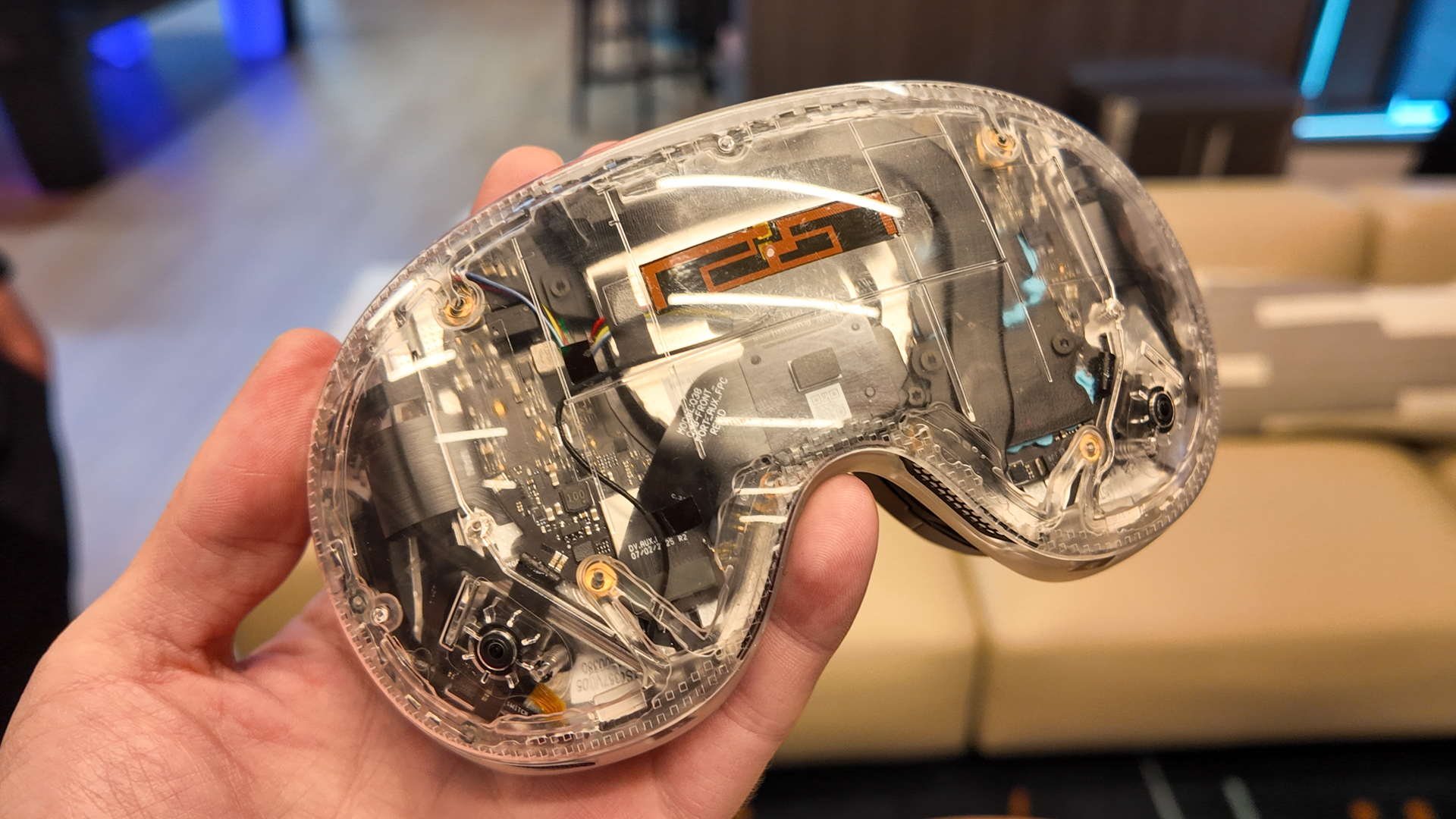
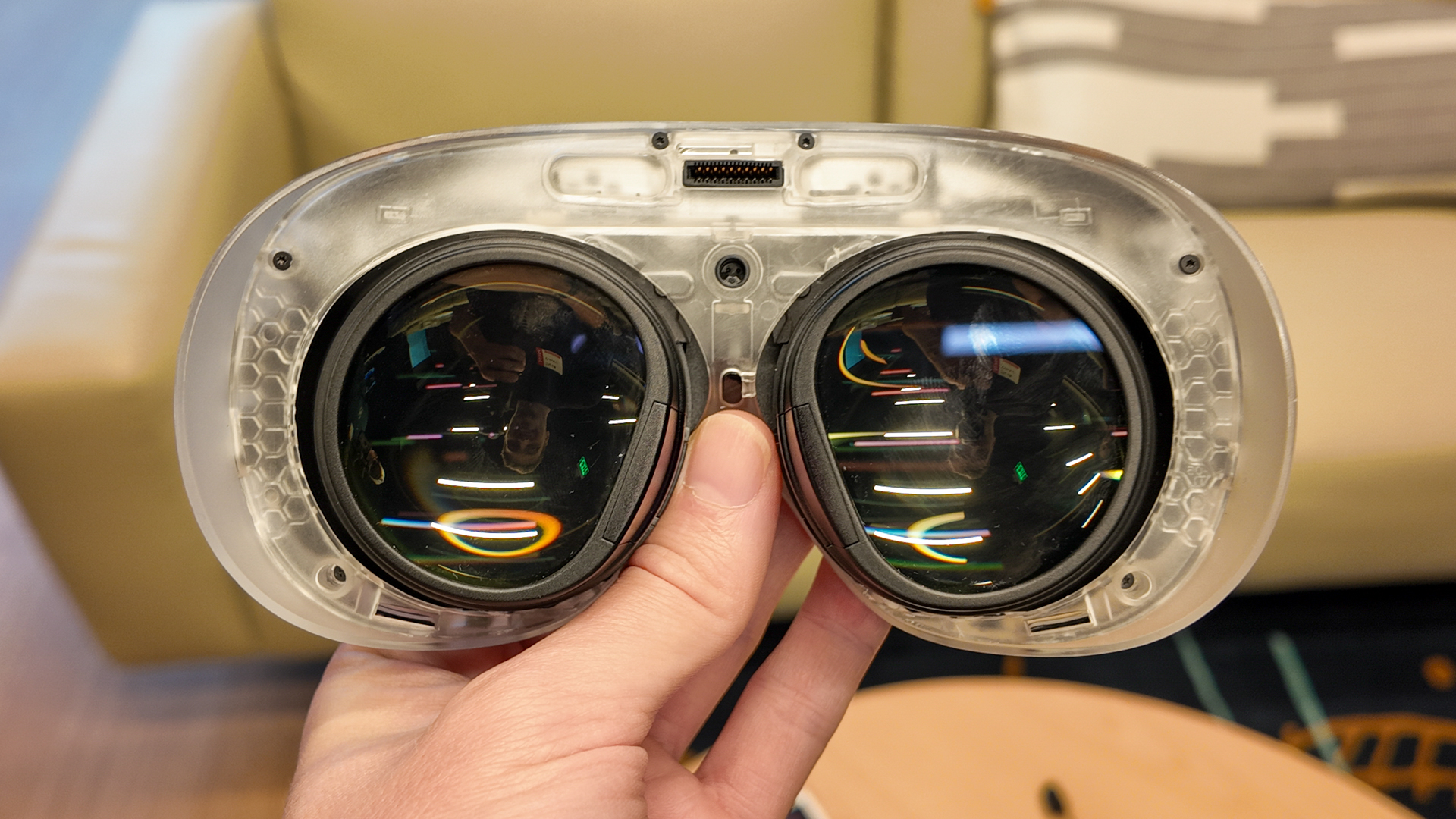


Steam Frame: Valve's new wireless VR headset
Steam Machine: Compact living room gaming box
Steam Controller: A controller to replace your mouse
The Steam Frame's resolution is greatly increased (2160 x 2160 per eye) versus the Index, and its use of pancake lenses greatly increase the clarity of the overall picture. What the Steam Frame lacks, however, are the Index's BMR speakers, arguably its best feature, and the novel approach to hand tracking—though the Steam Frame does still offer five-finger capacitive sensing for a similar effect.
"This is not us saying, 'Hey, we don't like the Index'. This is saying, like, hey, there's a whole set of people that, you know, I think, want to get into VR and want to play non VR games as well as VR games," Valve engineer Gabe Rowe says.
So, the Steam Frame is resolutely not the Valve Index 2. But will VR fans be let down by Valve's latest? I don't think so. It's still a "streaming first" headset, which means it's intended primarily for PCVR, not standalone play, and in that regard it's simply much more convenient than the Index could ever hope to be.

Jacob earned his first byline writing for his own tech blog, before graduating into breaking things professionally at PCGamesN. Now he's managing editor of the hardware team at PC Gamer, and you'll usually find him testing the latest components or building a gaming PC.
You must confirm your public display name before commenting
Please logout and then login again, you will then be prompted to enter your display name.
